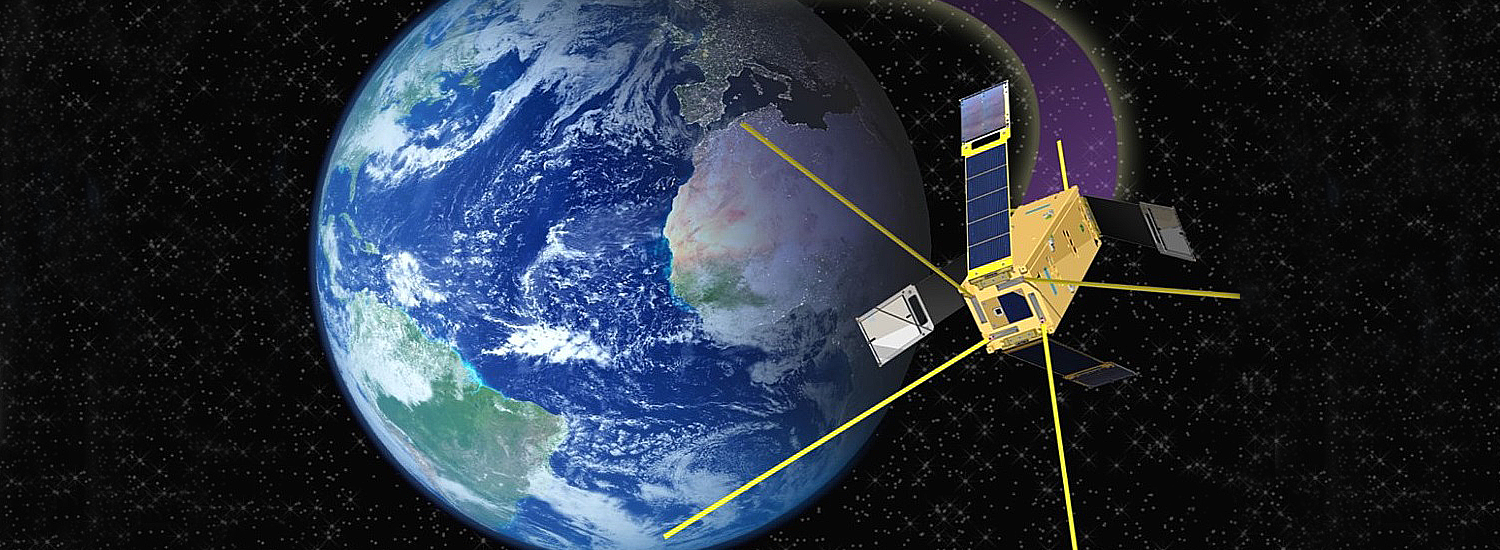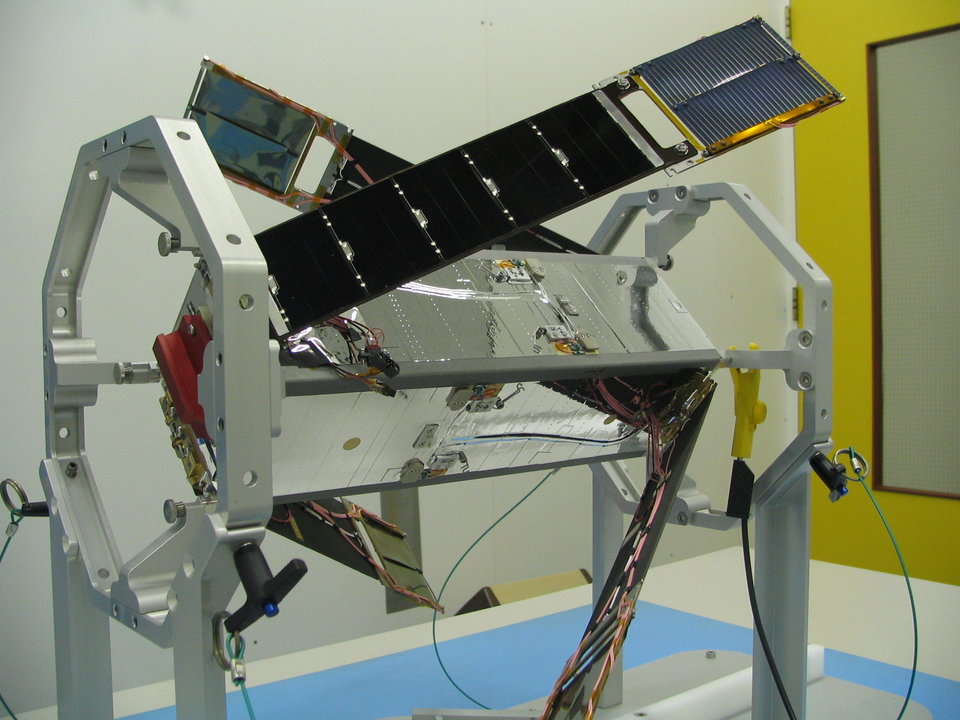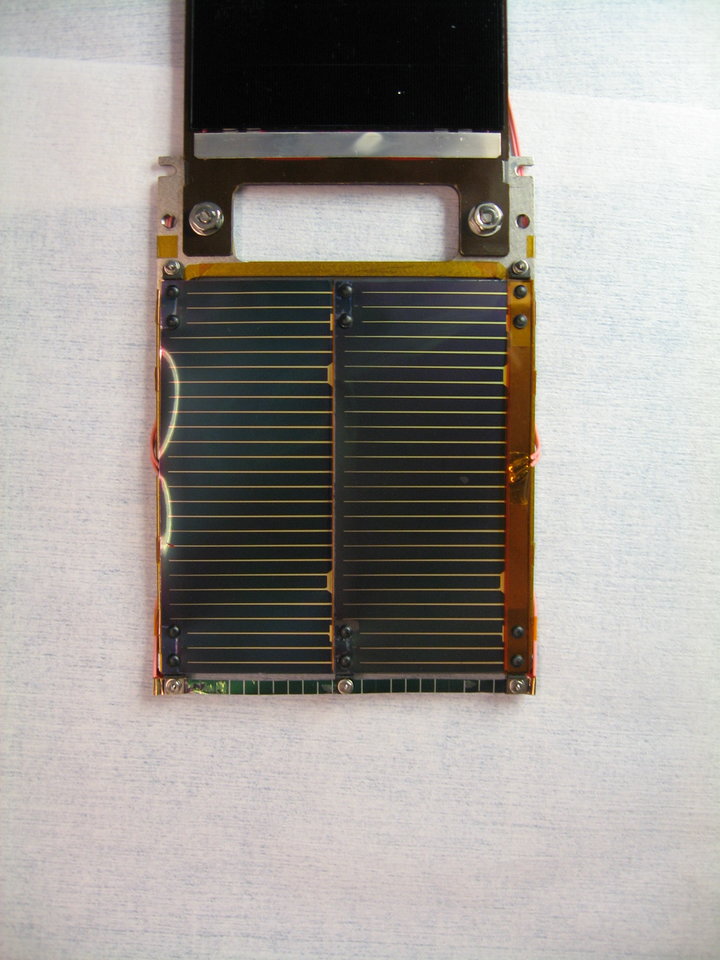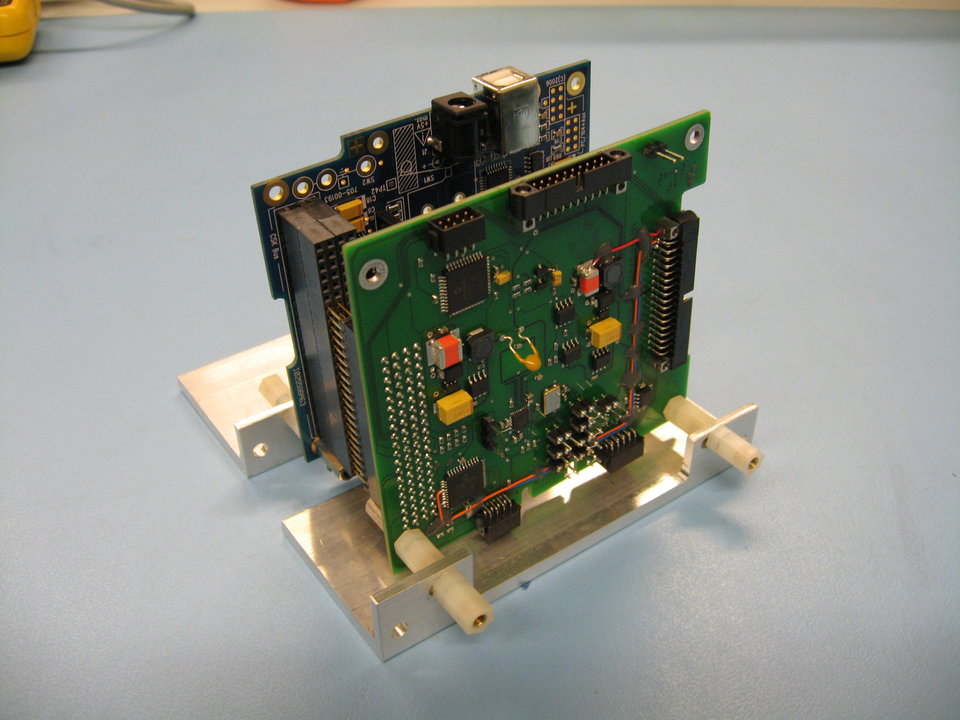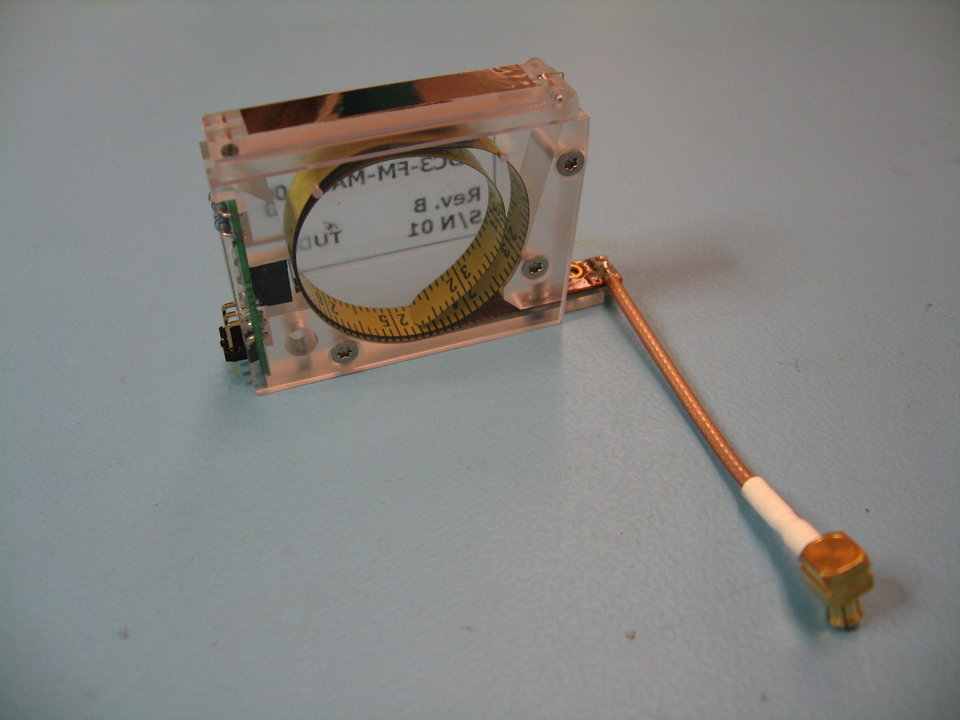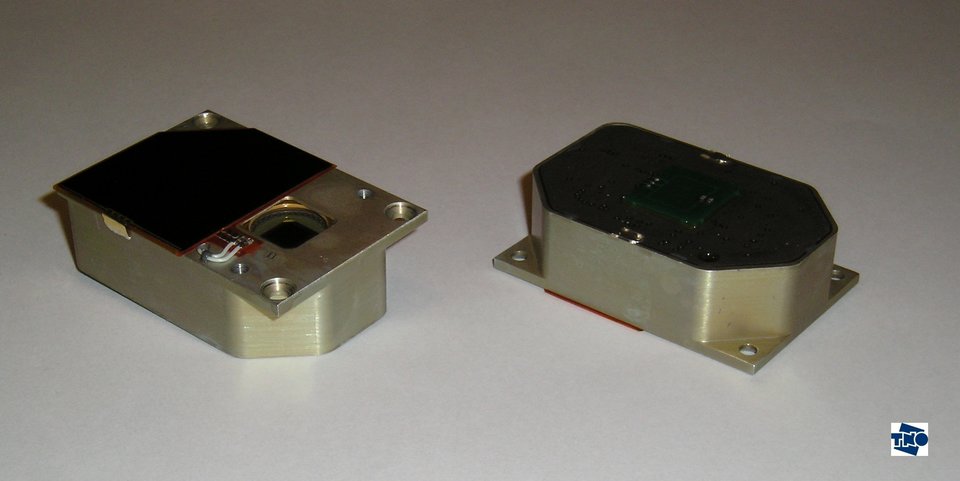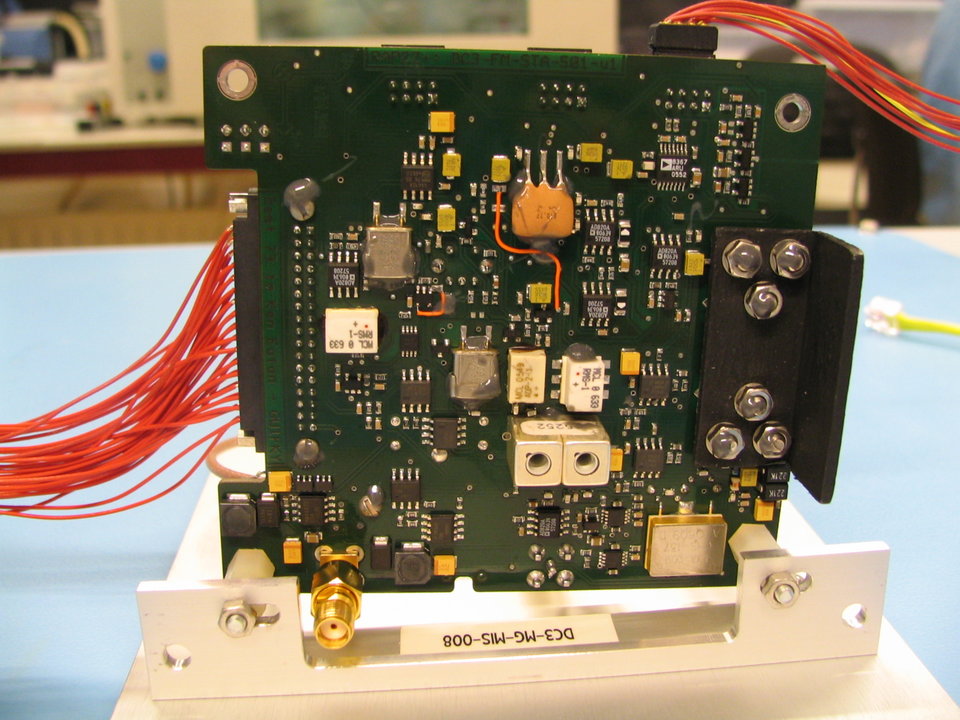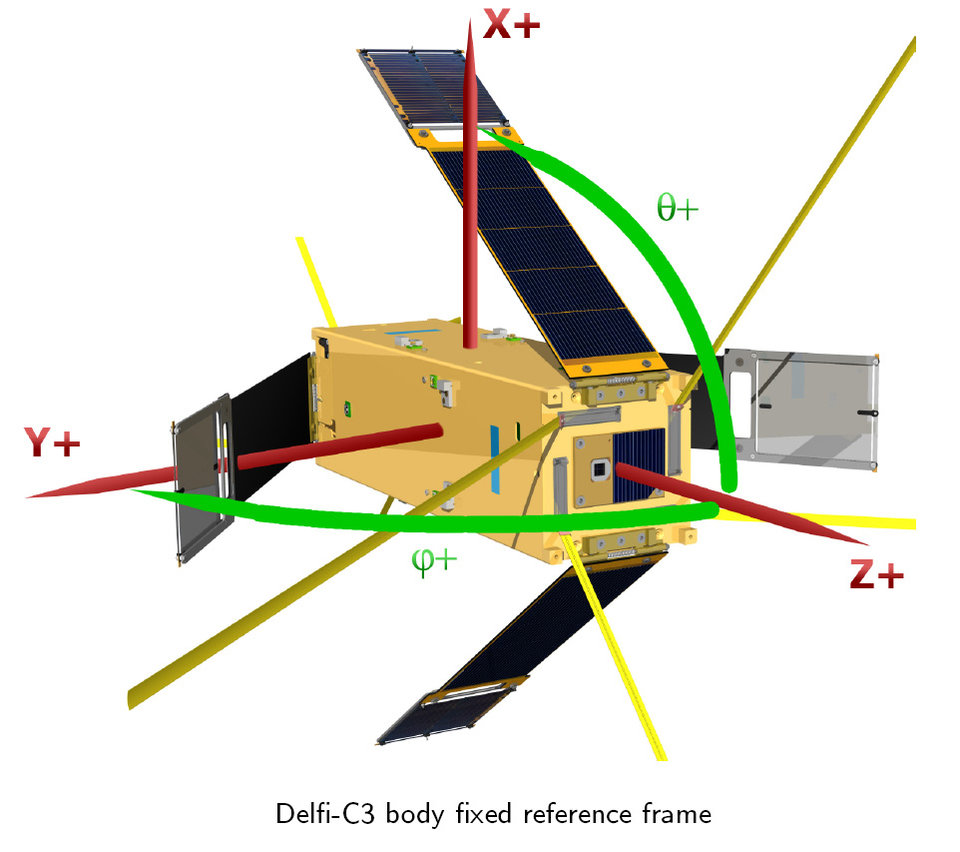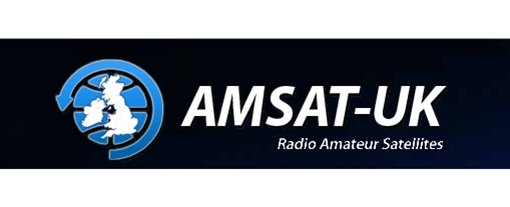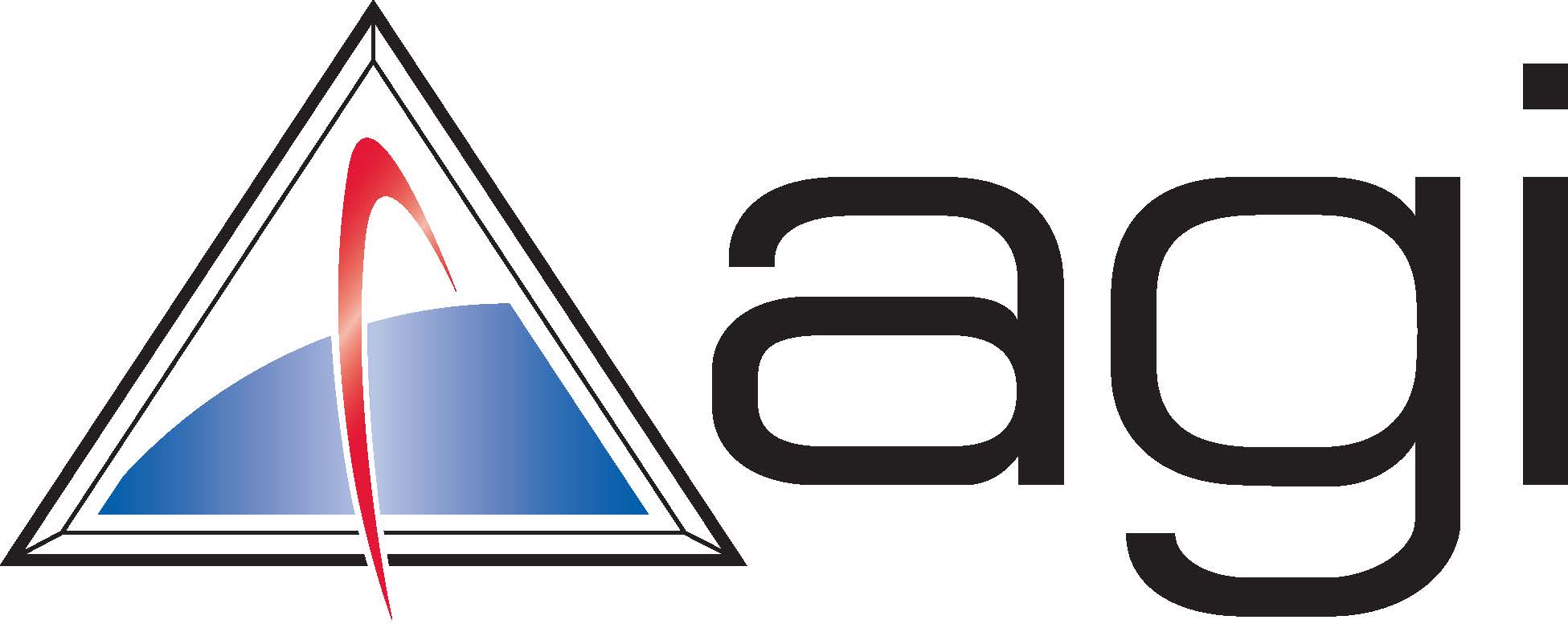Delfi-C3
Delfi‑C3 is the first satellite from TU Delft and first nanosatellite from the Netherlands. It is a triple-unit CubeSat demonstrating thin film solar cells from, autonomous wireless sun sensors, an electrical power subsystem and a radio with a linear transponder for radio amateurs.
The Delfi‑C3 project is initiated in 2004 and the satellite is launched on the 28th of April 2008 from India. Delfi‑C3 is a full mission success and is still operational today!
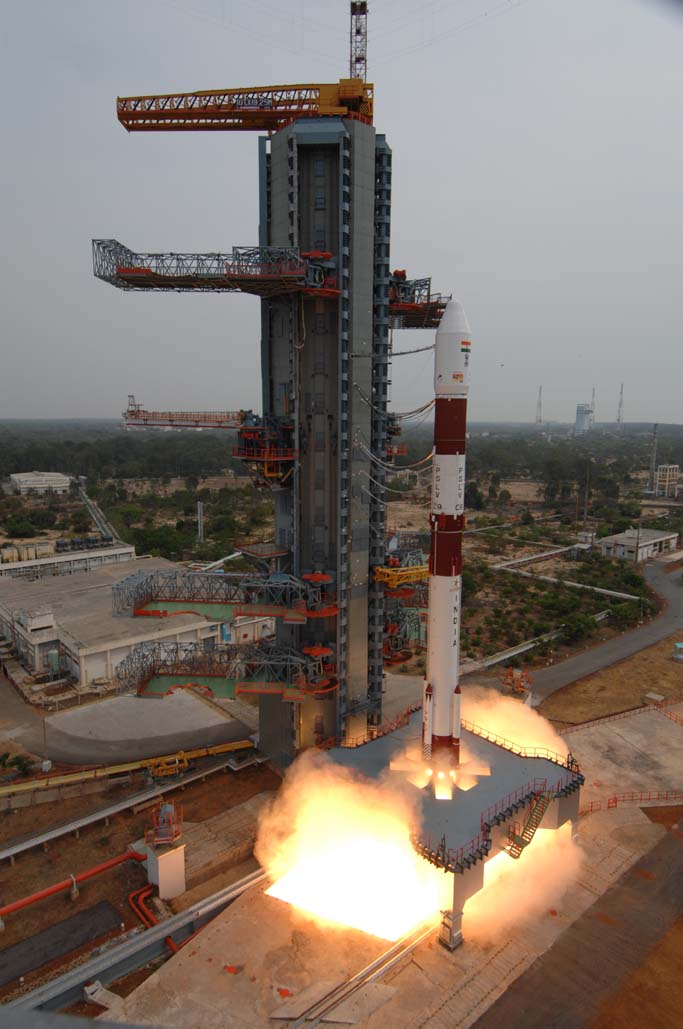
Artist Impression
Delfi-C3 final integration
This page provides an overview of Delfi‑C3’s technical highlights. Each picture links to the most relevant scientific paper available on that topic.
Delfi‑C3 has a downlink in the amateur satellite segment of the VHF frequency band. Telemetry decoding software is available to participating radio amateurs which allows them to decode and display telemetry in real time and forward this data to the telemetry server. The Delfi team would like to invite all interested radio amateurs to participate in this distributed ground network.
Radio Specification
The primary downlink is nominally operational during the Sunlit part of the orbit. The transmission is at 145.870 MHz and transmits data with BPSK modulation and upper side band modulation on top. The data rate is 1200 bit/s and the data protocol is AX.25. The RF transmission power is approximately 0.1 W. The backup telemetry downlink is at 145.930 MHz, but is currently not being used.
Telemetry Client
To use this program, the radio receiver should be connected a soundcard input of the PC. The receiver should be properly tuned and corrected for Doppler.
<download RASCAL v1.1.1 here (ZIP)>
Currently there is only one active telemetry server, which requiresthe following settings in RASCAL:
IP: 131.180.122.144 Port: 1099
The telemetry server is somewhat outdated and sometimes experiences lockups. Also, new personal accounts cannot be created anymore (old accounts and the default guest account works).
Telemetry Specification
In the telemetry specification, all content of the telemetry and their conversion formulae to physical values are provided. These definitions are provided in accordance to the radio amateur regulations and are intended for personal use for radio amateurs. In case you would like to use the data for commercial purposes or publications, please contact TU Delft for coordination.
Delfi‑C3 was made possible with the technology, facilities and support of project partners and in-kind contributions of sponsors.
Partners
MicroNed
a former subsidy program within the Netherlands for innovation in micro-electronics technology, has contributed to Delfi‑C3 with substantial financial grants for the research, development and test facilities.

Sponsors
Cyner Substrates B.V.
has sponsored Delfi‑C3 with flex-prints for the modular antenna boxes.

